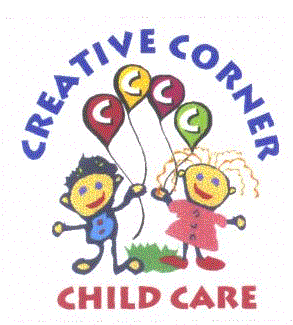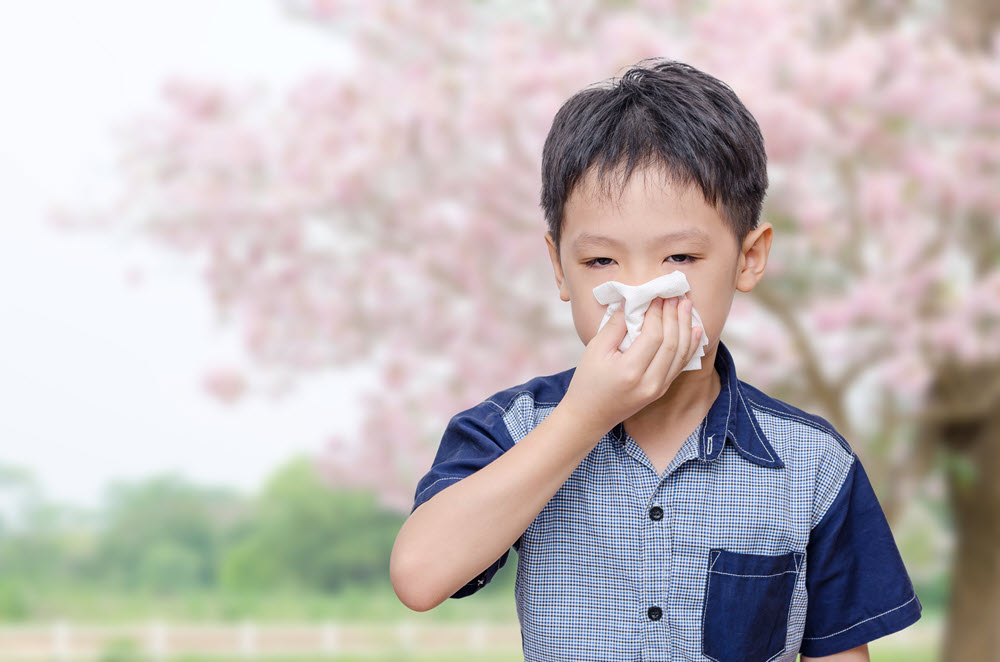Contact: CDC, National Center for Health Statistics, Office of Communication (301) 458-4800
E-mail: paoquery@cdc.gov
Nearly 1 in 3 U.S. adults and more than 1 in 4 U.S. children reported having a seasonal allergy, eczema, or food allergy in 2021, according to new data from CDC’s National Center for Health Statistics. Almost 6% of U.S. adults and children have a food allergy, with Black, Non-Hispanic adults, and children one of the most likely to report this type of allergy.
The data are captured in two new reports from the National Health Interview Survey: “Diagnosed Allergic Conditions Among Adults, United States, 2021” and “Diagnosed Allergic Conditions Among Children Aged 0–17 Years: United States, 2021.”
Findings from the adults’ report include:
- About one quarter (25.7%) of adults have a seasonal allergy, 7.3% have eczema, and 6.2% have a food allergy.
- White, Non-Hispanic adults are more likely to have a seasonal allergy (28.4%) compared to Black, non-Hispanic (24%); Hispanic (18.8%) and Asian, non-Hispanic (17.0%) adults.
- The percentage of adults with eczema is higher among women (8.9%) compared to men (5.7%).
- Black, Non-Hispanic adults are more likely to have a food allergy (8.5%) compared to Hispanic (4.4%); White, non-Hispanic (6.2%), and Asian, non-Hispanic (4.5%) adults.
Highlights from the children’s report include:
- Nearly 1 in 5 children (18.9%) have a seasonal allergy, 10.8% have eczema, and 5.8% have a food allergy.
- Boys (20%) are more likely to have a seasonal allergy than girls (17.7%).
- Children 6-11 years are most likely to have eczema (12.1%), followed by children 0-5 years (10.4%), and children 12-17 years (9.8%).
- Black, non-Hispanic children are more likely to have a food allergy (7.6%) compared to Hispanic (5%) and White, non-Hispanic (5.3%) children.
The reports are available on the NCHS web site at www.cdc.gov/nchs.

